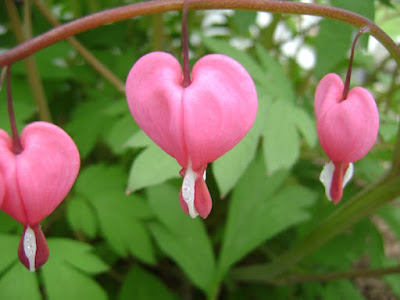I always try to appreciate life’s experiences with all my senses, not just the obvious ones. You know, feeling music, seeing flavors, hearing color. So when I went to this typically touch-oriented spa session, I was primed to take it in with all my faculties.
~ • ~ • ~
For the past couple of years Sally’s been inviting me to join her for her occasional pedicure.
At first, I was reluctant. You know, the whole macho thing; guys don’t get pedicures. But once I tried it—and survived the good-natured ribbing I got for giggling as they used their small version of a power sander on my callouses—I’ve come to love the experience.
A pedicure, I’ve discovered, is a trip for all one’s senses. And each time I go it seems I come away having especially appreciated a different sensation. One time it might be the toes massage; the next, maybe the gritty exfoliant; or the immersion of my feet in bags of hot wax.
So many delights—not just of touch, but the fragrance of the various soaking solutions and lotions, watching the fish swimming around in the salon’s big aquarium, taking in the Asian-kitsch art on the walls.
Among my favorites every time is the cushy, full-featured massaging chair. Like some hefty Nordic masseuse, the chair’s four rolling, kneading, pummeling fists work tirelessly up and down my back. And I can set it to any combination of massage styles and intensities. (I’d gladly pay the $55 for just an hour’s worth of that.)
What I found so pleasant, so hypnotic
about her voice was the music of it.
BEGUILING BABBLE
And this last time, just today, I found myself transported into a new dimension of sensory delight, one of sound. I know, of all places to get lost in sound: a spa.
The young lady who administered my pedicure is very good at what she does. And, shall we say, quite easy on the eyes. Maybe it was that my eyes were blissfully closed much of the time, but what my senses kept focusing on was her voice.
She talked incessantly for the entire hour. Not to me, but to her counterpart working on Sally’s feet right next to us. I don’t know how she kept it up; aside from her co-worker’s occasional word in edgewise, it was a monologue.
That may sound annoying, but I didn’t find it so. They were both speaking Vietnamese, so I couldn’t understand a word of it. And even if it had been English, most of the time my manicurist spoke so softly that I couldn’t have made out much of it anyway. But that wasn’t the point.
What I found so pleasant, so beguiling about her voice was the music of it.
Vietnamese is a contour tone language,
where two or more accents might occur
in a single syllable.
CONTOUR TONES
Vietnamese is a tonal language. That is, it employs varying, often subtle, voice modulations which can lend two identically-spelled words completely different meanings. And those vocal ups and downs start from a significantly higher pitch than the baseline tone we’re accustomed to in English.
From that key, the tones jump or slide around, often more dramatically than the tonal variations in English. For example, the basic syllable ma can be pronounced with any of six intonations. *
Most of the accents give shape to sounds we’re not accustomed to in English. Like the many nasaly tones, and syllables that get suddenly cropped off at the end.
There’s also a different rhythm to Vietnamese. English is what is called a stressed-timed language whose syllables vary in spoken length and emphasis, with accentuated syllables occurring at quite regular intervals. Vietnamese is a syllable-timed or contour tone language, where syllables are all the same spoken length and where two or more accents might occur in a single syllable. **
My manicurist has a very pleasant, soft-spoken voice to start with. But then hearing it adorned with all these subtleties of her first language turned it into the lilting, hypnotic song I enjoyed while getting my feet done. Another of the many reasons why I’ll be back.
The lesson from all this: Life’s just too rich, too precious, for us not to be fully present. So with any experience, try calling on more than the obvious sense. At
the symphony, notice the smells. At dinner, relish the colors. At a hockey game, feel the beat of the pep band. And, yes, at your next salon, barber or massage parlor visit, bask in the sounds.
* Six Vietnamese Tones




























